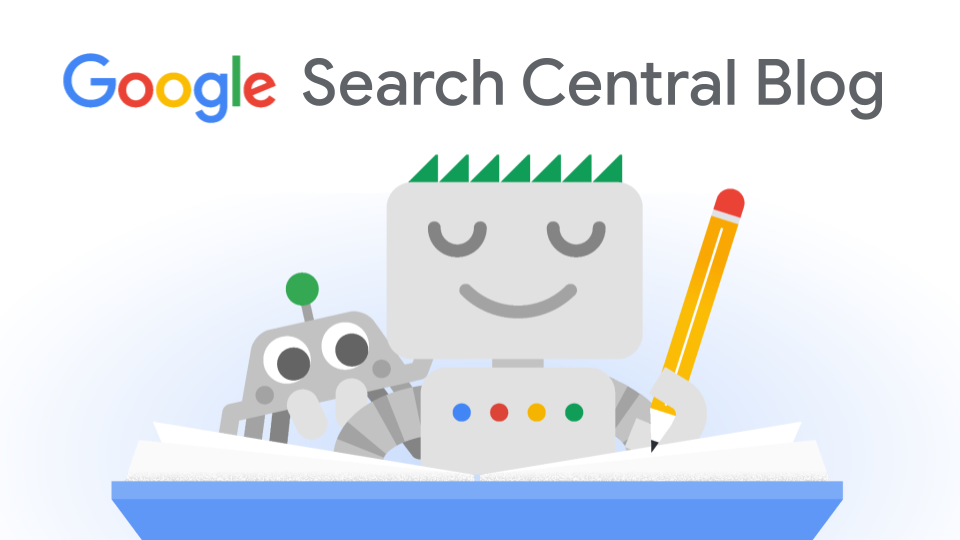Thursday, August 18, 2022
Google Search is always working to better connect people to helpful information. To this end, we’re launching what
we’re calling the “helpful content update” that’s part of a broader effort to ensure
people see more original, helpful content written by people, for people, in search results. Below is more about the
update and things creators should consider.
Focus on people-first content
The helpful content update aims to better reward content where visitors feel they’ve had a satisfying experience,
while content that doesn’t meet a visitor’s expectations won’t perform as well.
How can you ensure you’re creating content that will be successful with our new update? By following our long-standing advice
and guidelines to create
content for people, not for search engines. People-first content creators focus first on creating satisfying
content, while also utilizing SEO best practices to bring searchers addition value. Answering yes to the questions
below means you’re probably on the right track with a people-first approach:
- Do you have an existing or intended audience for your business or site that would find the content useful if
they came directly to you? - Does your content clearly demonstrate first-hand expertise and a depth of knowledge (for example, expertise that
comes from having actually used a product or service, or visiting a place)? - Does your site have a primary purpose or focus?
- After reading your content, will someone leave feeling they’ve learned enough about a topic to help achieve
their goal? - Will someone reading your content leave feeling like they’ve had a satisfying experience?
- Are you keeping in mind our guidance for core updates and for product reviews?
Avoid creating content for search engines first
Our advice about having a people-first approach does not invalidate following SEO best practices, such as those
covered in Google’s own SEO
guide. SEO is a helpful activity when it’s applied to people-first content. However, content created
primarily for search engine traffic is strongly correlated with content that searchers find unsatisfying.
How do you avoid taking a search engine-first approach? Answering yes to some or all of the questions is a warning
sign that you should reevaluate how you’re creating content across your site:
- Is the content primarily to attract people from search engines, rather than made for humans?
- Are you producing lots of content on different topics in hopes that some of it might perform well in search
results? - Are you using extensive automation to produce content on many topics?
- Are you mainly summarizing what others have to say without adding much value?
- Are you writing about things simply because they seem trending and not because you’d write about them otherwise
for your existing audience? - Does your content leave readers feeling like they need to search again to get better information from other
sources? - Are you writing to a particular word count because you’ve heard or read that Google has a preferred word count?
(No, we don’t). - Did you decide to enter some niche topic area without any real expertise, but instead mainly because you thought
you’d get search traffic? - Does your content promise to answer a question that actually has no answer, such as suggesting there’s a release
date for a product, movie, or TV show when one isn’t confirmed?
How the update works
The update will start rolling out next week. We will post on our Google ranking
updates page when it begins and when it is fully rolled out, which could take up to two weeks. This update
introduces a new site-wide signal that we consider among many other signals for ranking web pages. Our systems
automatically identify content that seems to have little value, low-added value or is otherwise not particularly helpful
to those doing searches.
Any content — not just unhelpful content — on sites determined to have relatively high amounts of unhelpful content
overall is less likely to perform well in Search, assuming there is other content elsewhere from the web that’s
better to display. For this reason, removing unhelpful content could help the rankings of your other content.
A natural question some will have is how long will it take for a site to do better, if it removes unhelpful content?
Sites identified by this update may find the signal applied to them over a period of months. Our classifier for this
update runs continuously, allowing it to monitor newly-launched sites and existing ones. As it determines that the
unhelpful content has not returned in the long-term, the classification will no longer apply.
This classifier process is entirely automated, using a machine-learning model. It is not a manual action nor a spam
action. Instead, it’s just a new signal and one of many
signals Google evaluates to rank content.
This means that some people-first content on sites classified as having unhelpful content could still rank well, if
there are other signals identifying that people-first content as helpful and relevant to a query. The signal is also
weighted; sites with lots of unhelpful content may notice a stronger effect. In any case, for the best success, be
sure you’ve removed unhelpful content and also are following all our guidelines.
This update impacts English searches globally to begin with, and we plan to expand to other countries and languages
in the future. Over the coming months, we will also continue refining how the classifier detects unhelpful content
and launch further efforts to better reward people-first content.
If you have questions or comments, feel free to contact us on Twitter or start a discussion with experts in the Search Central forums.
